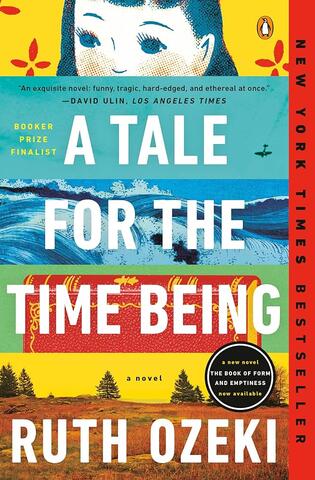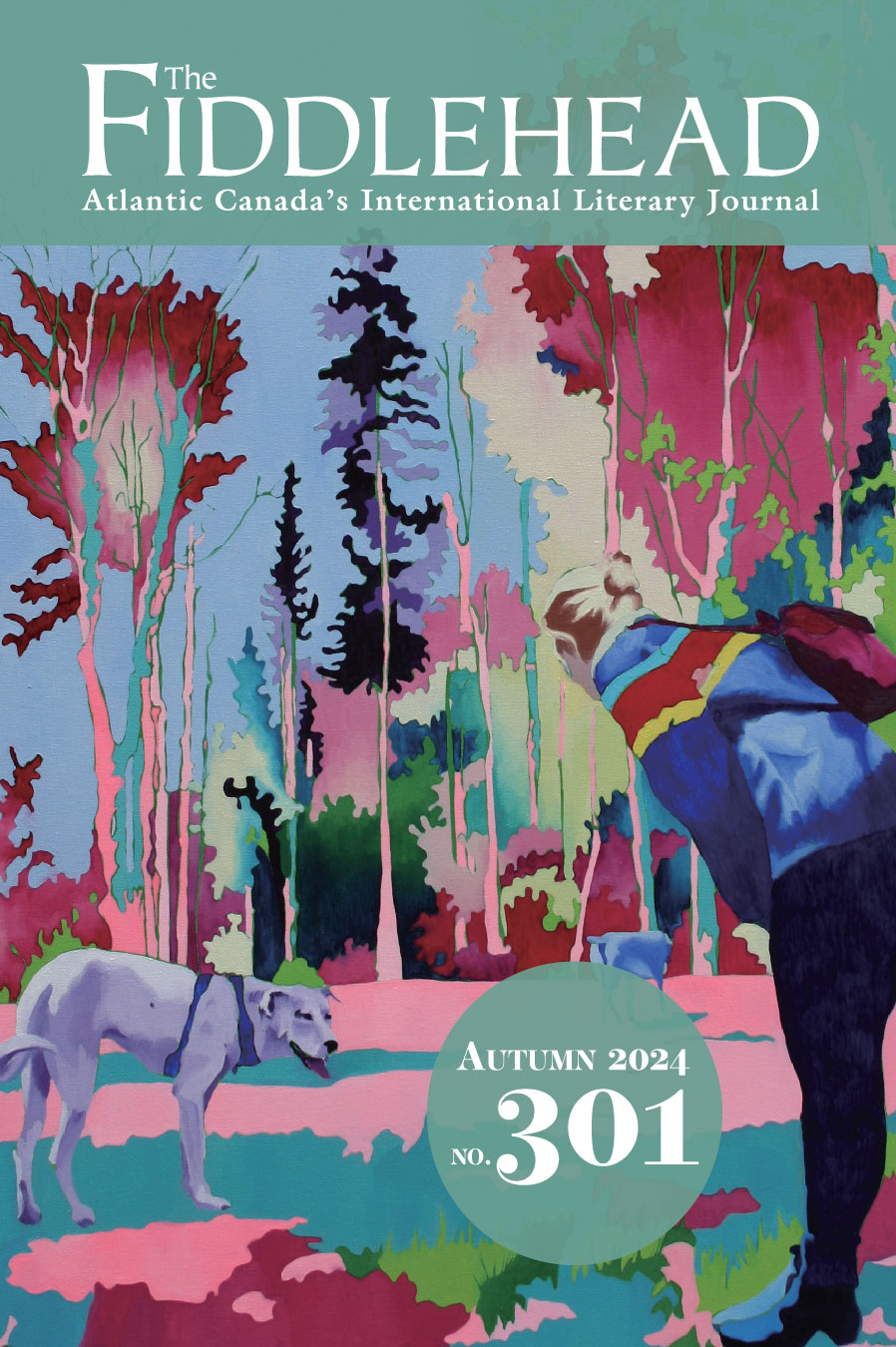
A cardinal sin (if not what some might consider the cardinal sin) of reading is to judge the contents of a book based on the appearance of the cover. The notion that one is not supposed to make a value judgment after a quick glance is so widespread that the phrase has escaped the literary sphere and breached into life advice.
On the other hand, book covers are part of the book as a physical object. The ideas inside don’t live in heads alone—there is, inevitably, a need for a physical medium that carries an author’s ideas into the world. Not to mention, there are whole careers around book cover design and book marketing.
All this is my long-winded way of admitting I bought Ruth Ozeki’s A Tale for the Time Being because I liked the cover. And while musing on the relation between a book’s cover and its content is probably better suited for Ozeki’s 2021 novel The Book of Form and Emptiness, I’d be remiss if I didn’t mention how A Tale for the Time Being landed in my hands. The story goes like this: I was with a friend, it was winter, I had a coffee in my hand and a gift card in my bag. It felt like the best kind of day to spend a little money impulsively, and A Tale for the Time Being had a bright and beautiful cover.
Knowing nothing about Ozeki, I had no idea how much of a treat I was in for. If I had thought that the cover drew me in, it was nothing compared to the first sentence, “Hi! My name is Nao, and I am a time being.”
Reader—I was hooked.
Half the novel is told in a series of letters from Nao, a sixteen-year-old whose life was recently uprooted when her family moved to Tokyo. The only life Nao knew was in California, and her letters reveal her profound loneliness and disconnect. However, a summer spent in Sendai with her great-grandmother, a Buddhist nun, gives Nao a new way of looking at the world.
The other half of the novel is a unique bit of mind-bending metafiction. Ruth, a writer on Cortes Island, BC, finds Nao’s letters washed up on the beach. She believes they must’ve been carried over in the 2011 Tsunami. The novel unfolds as Ruth uncovers Nao’s story, and Nao learns her family history.
I recently reread the novel this summer, and I was struck once again by the beauty of Ozeki’s work. Ozeki has a gift for balancing the absurd with the mundane. The novel plays with the idea of how writers construct narratives, and at the same time the concrete details of Nao’s life—and her distinct, witty voice—pull the reader into the visceral, unpleasant world of a lonely teenager.
Similarly, Ozeki seamlessly blends her signature humour with the serious themes of the novel. Nao’s name itself is a pun, but the dry wit never feels out of place or dismissive of her struggles. Even the title itself has a double meaning. The “time being” could mean a tale for now (or for Nao), but it’s also a story for time-beings, or, beings that live in time (all of us!).
As always, Ozeki’s writing is a gift to read, no matter how one comes across it.
— Elisabeth Shenher is a writer from Edmonton. She holds an MFA in Creative Writing from UBC. Recently, she received a grant from the Canada Council for the Arts to write a novel. In her spare time, she enjoys hiking, yoga, and buying books she swears she’ll read “one day.”
You can find Elisabeth Shenher's story "Last One Out, Turn Off the Lights" in Issue 301 Autumn 2024. Order the issue now:
Order Issue 301 - Autumn 2024 (Canadian Addresses)
Order Issue 301 - Autumn 2024 (International Addresses)










